Fishery trends
Yellowtail are captured all over the world, due to their market demand (e.g. in Italy their average price is € 20/kg). The three species considered in this report are captured both for direct consumption and for aquaculture (on-growing) purposes. FAO data for the global fisheries catch of yellowtail refers to S. dumerili, S. quinqueradiata, S. lalandi and Seriola spp.; most is not species specific. In total the catch shows a fluctuating but expanding trend which peaked in 2000 with 100 456 tonnes (Figure 108).
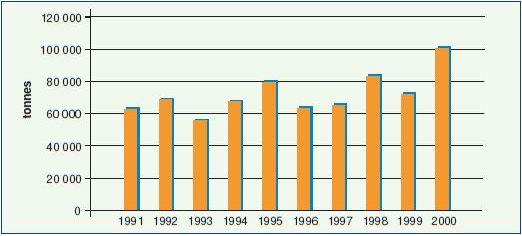
Figure 108. Global trends in yellowtail catch, 1991-2000 (FAO 2002b)
In 2000, most of the catch of yellowtail was made in Asia, which accounted for 80% of the total landings, followed by South America (12%) and North America (3%). The major fishing area in that year was the North-western Pacific, followed by South-eastern Pacific (Figure 109).
The major countries that caught yellowtail in 2000 were Japan, followed by Peru and the Republic of Korea (Figure 110).
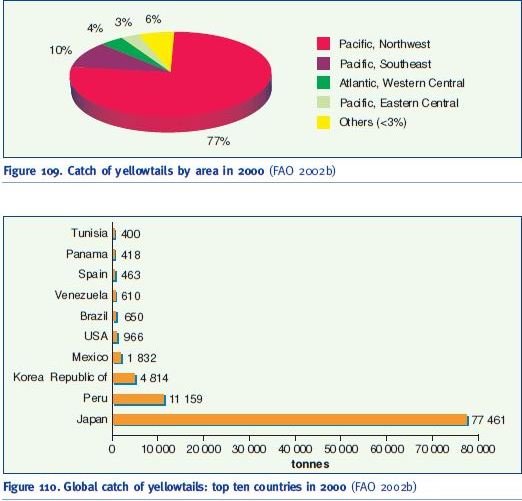
Figure 109. Catch of yellowtails by area in 2000 (FAO 2002b)
Figure 110. Global catch of yellowtails: top ten countries in 2000 (FAO 2002b)
While Figures 108-110 summarized the global catch for all yellowtail, more detailed information is provided in Figures 111-117. The fishery catch of greater amberjack (S. dumerili) has increased significantly over the last ten years, from 336 tonnes in 1991 to 2 004 tonnes in 2000 (Figure 111). In 2000, the majority (72%) of greater amberjack were caught in the Mediterranean and the Black Sea area (1 445 tonnes) (Figure 112). The catch by country is shown in Figure 113; the USA, Tunisia, Spain and Israel all caught more than 300 tonnes in 2000.
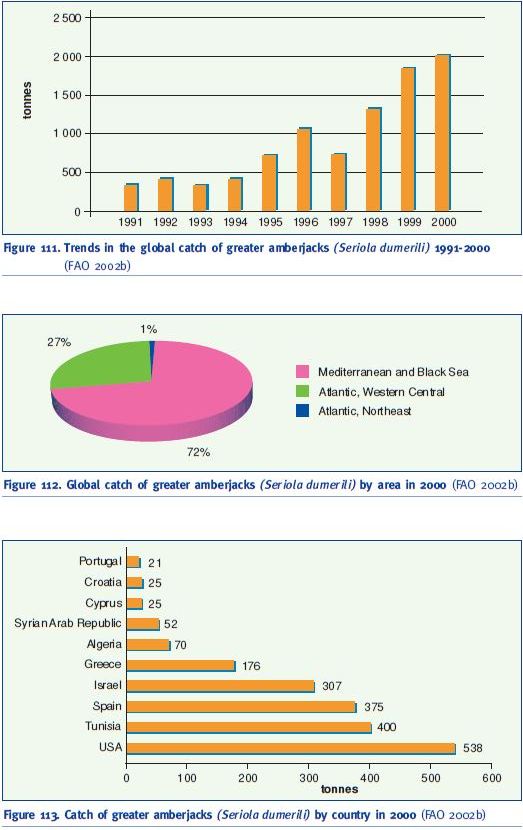
Figure 111. Trends in the global catch of greater amberjacks (Seriola dumerili) 1991-2000 (FAO 2002b)
Figure 112. Global catch of greater amberjacks (Seriola dumerili) by area in 2000 (FAO 2002b)
Figure 113. Catch of greater amberjacks (Seriola dumerili) by country in 2000 (FAO 2002b)
FAO (2002b) only records a specific catch of the Japanese amberjack (S. quinqueradiata) during this decade for the years 1995 and 1996. Most data for these and other years is “hidden” in the general category Seriola spp. However, it has been possible to construct Figure 114 from data provided by M. Nakada (pers. comm. 2002); this shows that the catch rose to a peak in 1995, followed by a decline. This species is still caught in Japan as small yellowtails called “buri”
(50 to 60 cm in body length). These are caught in set nets and are strong competitors of cultured yellowtails in the market (Nakada 2000).
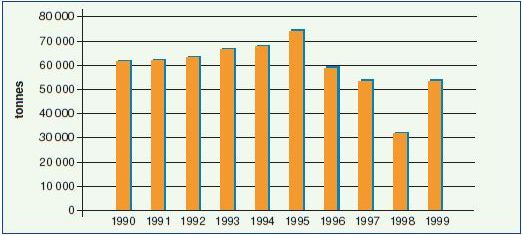
Figure 114. Catch of Japanese amberjacks (S. quinqueradiata) by Japan, 1990-1999 (M. Nakada, pers. comm. 2002)
The catch of the yellowtail amberjack (S. lalandi) is irregular (Figure 115) and insignificant in the overall global yellowtail market. In 2000 the major fishing area for this species was South western Atlantic, which yielded 63% of the global catch (Figure 116). The principle fishing nation for this species in 2000 was Brazil (Figure 117).
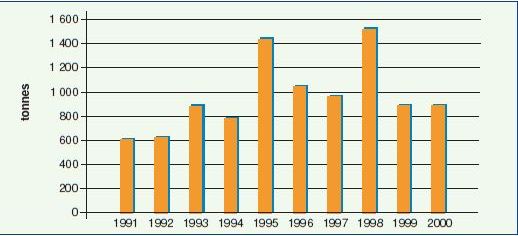
Figure 115. Trends in the global catch of yellowtail amberjacks (Seriola lalandi) 1991-2000 (FAO 2002b)
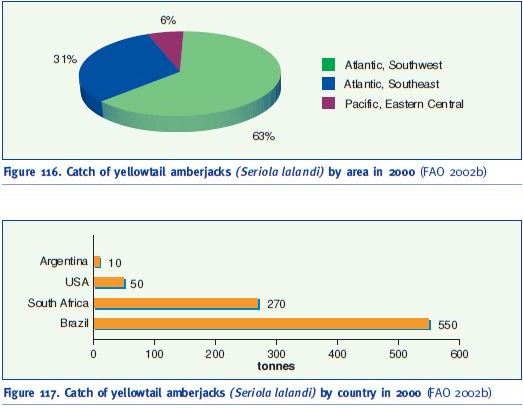
Figure 116. Catch of yellowtail amberjacks (Seriola lalandi) by area in 2000 (FAO 2002b)
Figure 117. Catch of yellowtail amberjacks (Seriola lalandi) by country in 2000 (FAO 2002b)